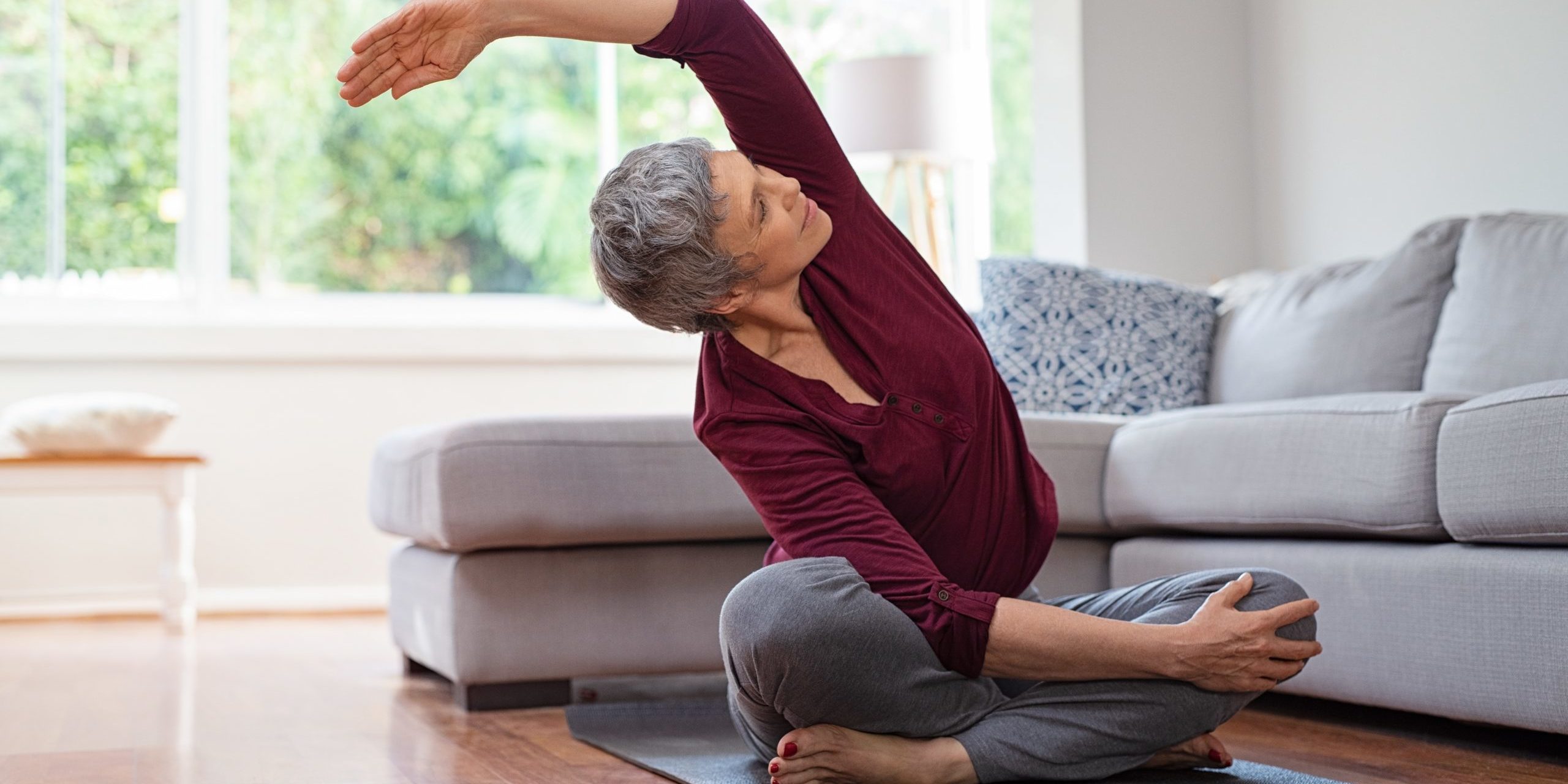 Sciatica refers to nerve pain in the leg that is commonly associated with back problems such as bulging disks, compressed or pinched nerves, spinal misalignment, spinal stenosis, and tight muscles. It can start in the back and run down the leg, or it can just be a pain in the leg without back pain. It may be associated with numbness, or the sensation of pins and needles in the leg or foot, and muscle weakness of the leg.
Sciatica refers to nerve pain in the leg that is commonly associated with back problems such as bulging disks, compressed or pinched nerves, spinal misalignment, spinal stenosis, and tight muscles. It can start in the back and run down the leg, or it can just be a pain in the leg without back pain. It may be associated with numbness, or the sensation of pins and needles in the leg or foot, and muscle weakness of the leg.
There are several things you can try to help control and relieve your sciatica pain. Modifying your posture and activities can help by reducing pressure on the nerves in your lower back and spine.
Postural changes: Maintaining proper posture while you sit, stand, and sleep can reduce and prevent nerve irritation, muscle spasm and stiffness, and overall wellness. Here are ways to maintain proper posture in different positions.
- Standing: Distribute your weight equally between both feet. The spine should be naturally curved with your head balanced at the top.
- Walking: A regular walking routine is recommended. Wear appropriate running shoes or walking shoes. Focus on having your heel hit the ground first followed by your mid-sole and toes for good balance and walking form.
- Bending and lifting: Proper bending and lifting can prevent spinal injury and avoid aggravation of sciatica if you already have it. When lifting squat down in front of the object by bending your knees, not your back. Keep the object close to your chest and use your legs to stand up.
- Sitting: Sitting is considered the new smoking. Prolonged sitting compresses the discs and nerves of the back leading to back pain and/or sciatica. When sitting, be sure there are no objects in your back pocket like a cell phone or wallet, as they will cause a misalignment of the spine and pelvis. Sit straight in your chair with a lumbar support or pillow, and place a step stool under your feet to ensure proper sitting alignment.
- Sleeping: Sleep on your side with a pillow between your legs, or on your back with one or two pillows under your knees. This helps reduce tension on the back and sciatic nerve.
Staying active: Exercise is important for avoiding back pain and sciatica. Being physically active helps strengthen your muscles which supports your spine as well as other important structures in the body.
- Walking: Going for a walk a few times a week is an excellent way to enjoy the weather and exercise. It’s best to walk in a good pair of sneakers that provide excellent foot support and skeletal shock absorption.
- Stretching: Exercises such as tai chi and yoga can help reduce muscle tension through gentle stretching movements. They can also relieve mental tension and anxiety.
- Core strengthening: Having strong core muscles is important for supporting and stabilizing the spine. If you have weak core and lower back muscles, your body will rely more on other structures for stability, such as ligaments (the connective tissues between bones), the spinal joints and discs, which lie between the spinal bones. When these more delicate structures are put under strain, it can cause back and/or sciatic pain. Therefore, having a strong core is important for enabling safe movements such as bending, twisting, and turning.
If you find that your sciatica pain does not diminish over time, or you develop serious symptoms like bowel/bladder dysfunction, foot drop, or fever, consult your healthcare provider.
David J. BenEliyahu, DC, DAAPM, DABCSP is the Administrative Director of the Back & Neck Pain Center at Mather Hospital.

